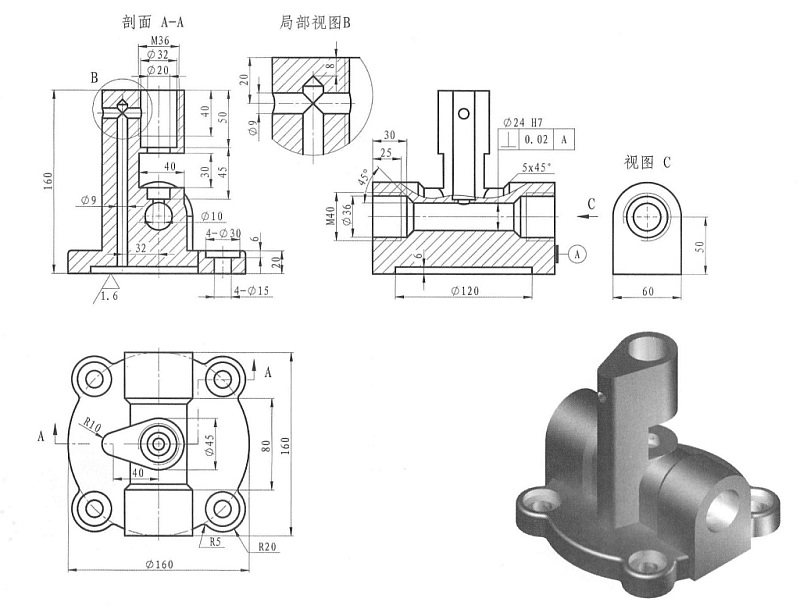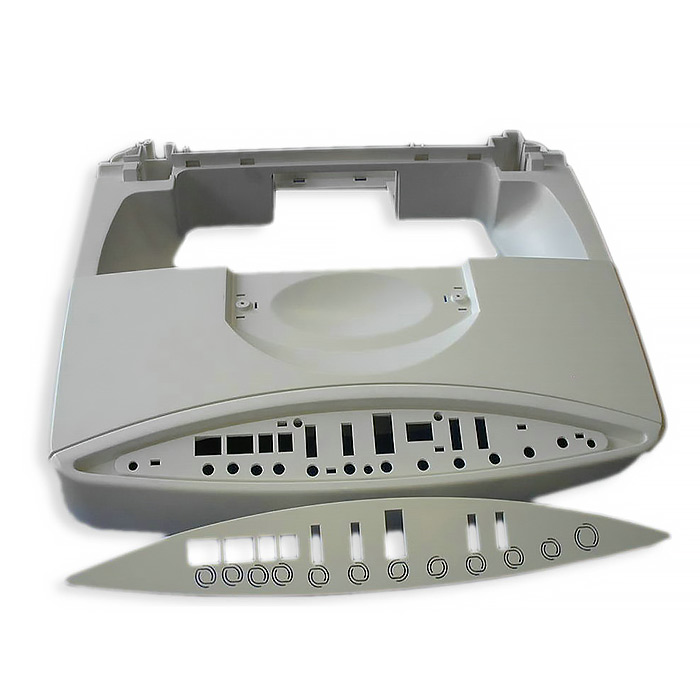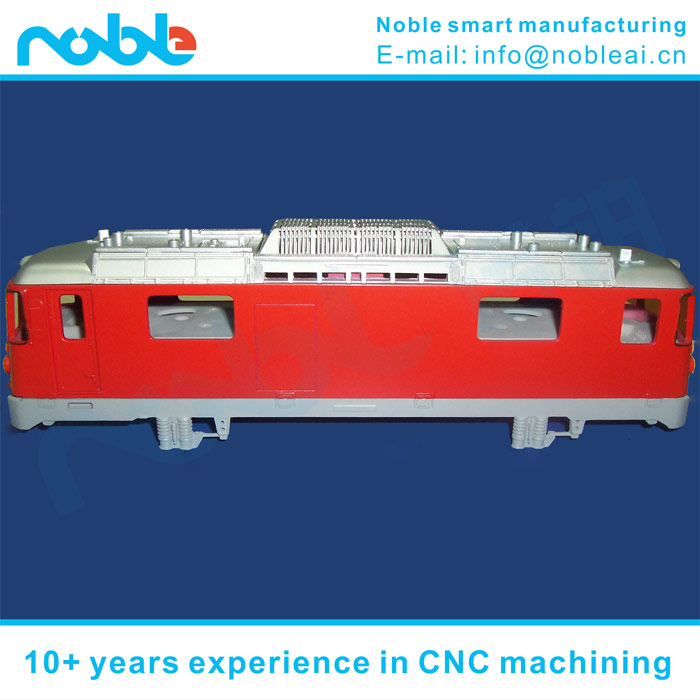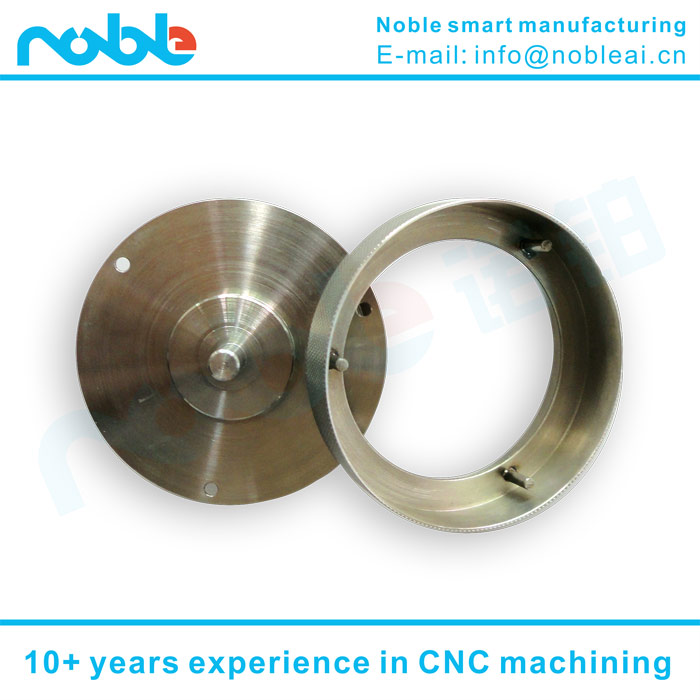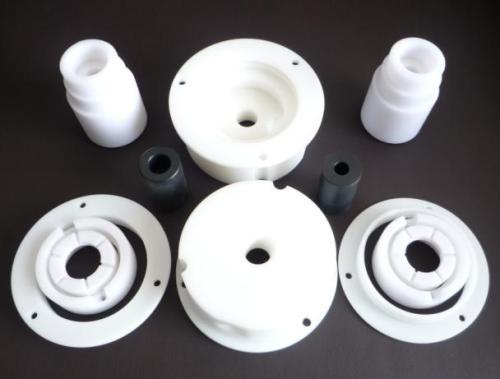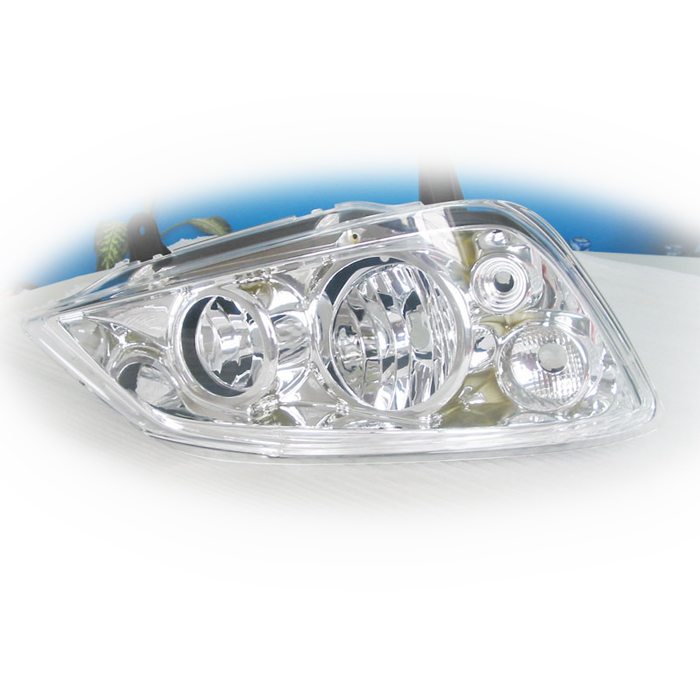How to carry on the CNC part chart analysis
In the design of parts processing procedures, the first to process the object for further analysis. For CNC turning should consider the following aspects:
1. The geometric conditions that make up the part outline
For manual programming in turning, each node coordinate is calculated; in the case of automatic programming, all the geometric elements that make up the part outline are defined. Therefore, in the analysis of parts drawings should pay attention to:
(1) Whether the part drawing omits a certain size or not so that the geometric conditions are not sufficient, which will affect the composition of the part outline;
(2) Whether the position of the graph line on the part drawing is ambiguous or the dimension is not clear enough to make the programming impossible to start;
(3) Whether the geometric conditions given on the part drawings are unreasonable or not, which makes the mathematical processing difficult.
(4) The dimension drawing method on the part drawing should be adapted to the characteristics of CNC lathe machining. The dimension should be marked on the same datum or given directly.
2. Dimensional accuracy requirements
Analyze the requirements of the dimensional accuracy of parts drawings to determine whether the use of turning technology to achieve, and to determine the control of dimensional accuracy of the process.
In the analysis process, you can also carry out some size conversion, such as incremental and absolute size and size chain calculation. In the use of CNC lathe turning parts, often the size of the parts required to take the average of the maximum and minimum limit size as a basis for programming size.
3. Shape and position accuracy requirements
The shape and position tolerance given on the part drawing is an important basis for the accuracy of the part. Processing, according to its requirements to determine the positioning of the parts benchmark and measurement standards, CNC lathes can also be based on the special needs of some technical processing, in order to effectively control the shape and location of parts accuracy.
4. Surface roughness requirements
Surface roughness is an important requirement to ensure the micro-precision of the part surface, and is also the basis for the reasonable choice of CNC lathes, knives and determining the amount of cutting.
5. Materials and heat treatment requirements
Given the material and heat treatment requirements on the part drawings, it is the basis for selecting the tool and CNC lathe model and determining the cutting amount.
By Icy Zou

